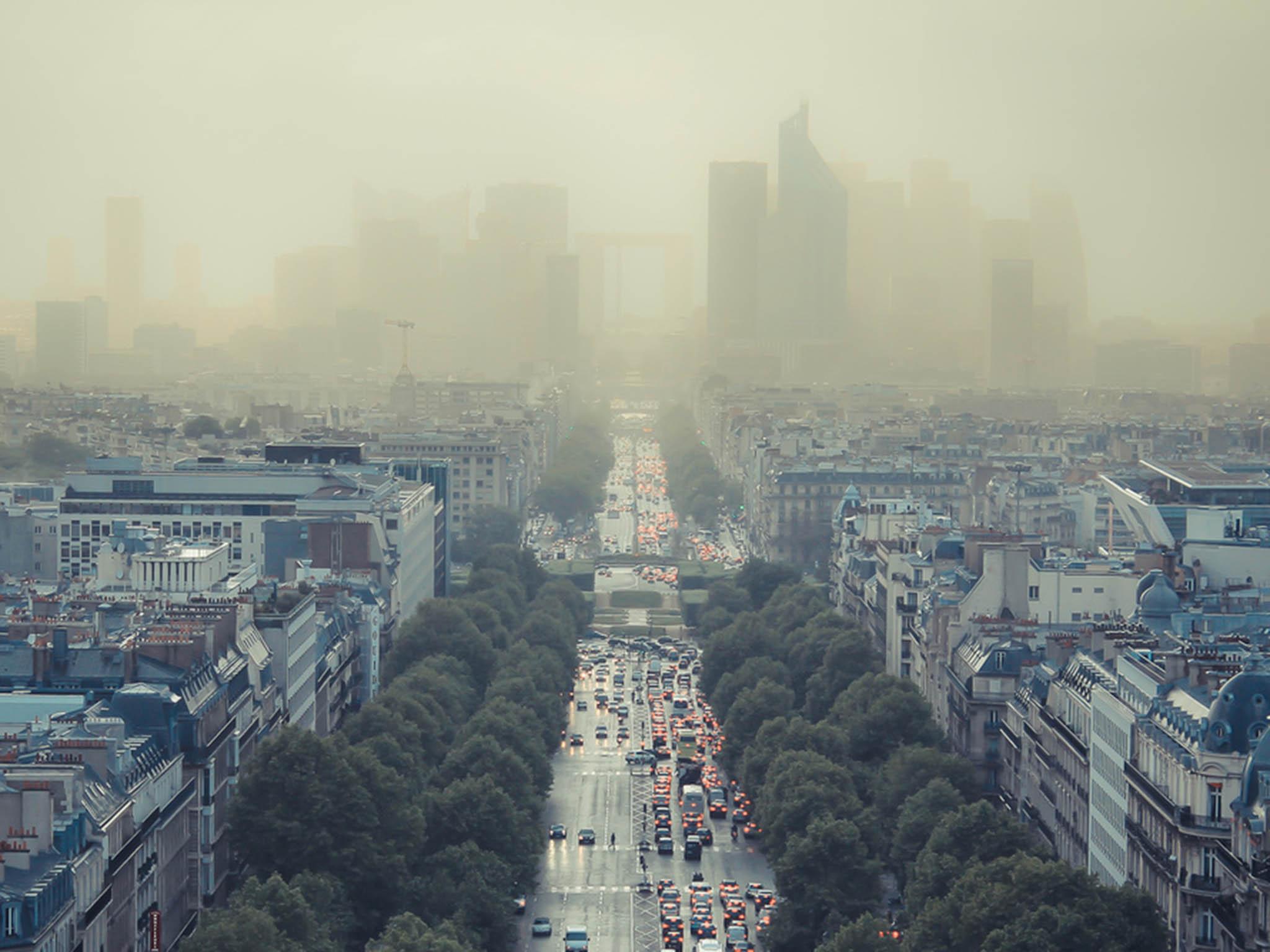RIO DE JANEIRO, BRAZIL – At noon this Friday, December 25th, the Santa Fe monitoring station registered 100 points in the Air Quality Index of the Metropolitan Area of the Valley of Mexico, for which it was classified as regular.
However, the Air and Health Index warns that the condition of the atmosphere is bad and therefore harmful to human health, due to the high concentration levels of suspended particles pm 10 and pm 2.5, the pollutants that cause the most damage to the lungs since, due to their size, they penetrate the most deeply.

For this reason, the authorities recommend staying at home for two reasons: to avoid getting Covid-19 and not to expose yourself to air pollution. They also suggested wearing face masks when going out, covering nose and mouth, minimizing the use of private vehicles, repairing LP gas leaks, reducing the use of paints, flavorings and cosmetics that contain solvents and avoiding the burning of fireworks and bonfires.
According to the Environmental Commission of the Megalopolis of the Ministry of the Environment and Natural Resources (Semarnat), the increase in the concentration of particles pm 10 and pm 2.5 is recorded between the months of November and February and occurs mainly due to the burning of fireworks at Christmas and New Years, but also by burning tires, garbage and bonfires in winter.
Of the eight environmental contingencies due to particles that have been activated between 2000 and 2019, seven have occurred in December and January, and in particular four of them (2003, 2005, 2018 and 2019) have been activated on December 25 and December 1. January, so they are associated with the burning of fireworks associated with the festivities.
According to information from the Secretariat of the Environment of Mexico City (Sedema),”suspended particles represent the main public health problem, since their effects depend on concentration, chemical composition and size.”
Particles 2.5 and 10 are much smaller than a grain of sand, which measures 90 microns. In fact, between 20 and 28 particles ± 2.5 and five ± 10 span the thickness of a human hair, which measures between 50 and 70 microns.
“The risk (for health) is greater as the size of the particle is reduced, and the increase in concentration is related to respiratory and cardiovascular diseases and an increase in the risk of mortality, reports Sedema.
During the pandemic, it is particularly important to avoid exposure to high levels of contamination, as the lungs are damaged and that leaves people more vulnerable to the effects of Covid-19.
For this reason, not only people with asthma, cardiovascular and respiratory diseases, over 60 and under 15 years of age and pregnant women should protect themselves against the increase in contamination by suspended particles, but also those with obesity, hypertension or immunosuppression.
“Pollution is not at all the main risk factor for the transmission of Covid, but it is a factor that contributes to its occurrence more frequently and the cases being more serious. It is something that applies to all bacterial and viral infections, which find a favorable terrain in those lungs that have been chronically exposed to these levels of contamination,” explained Dr. Riojas.

